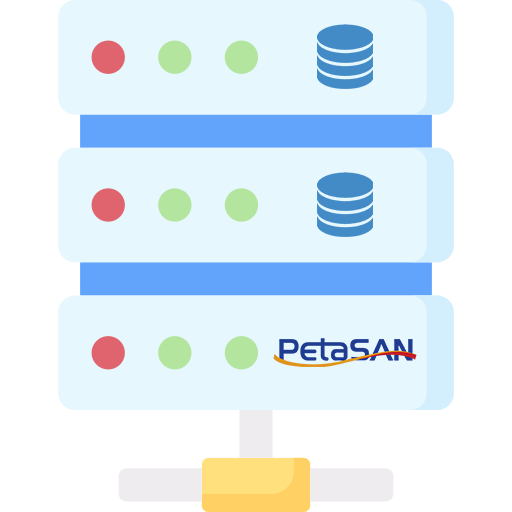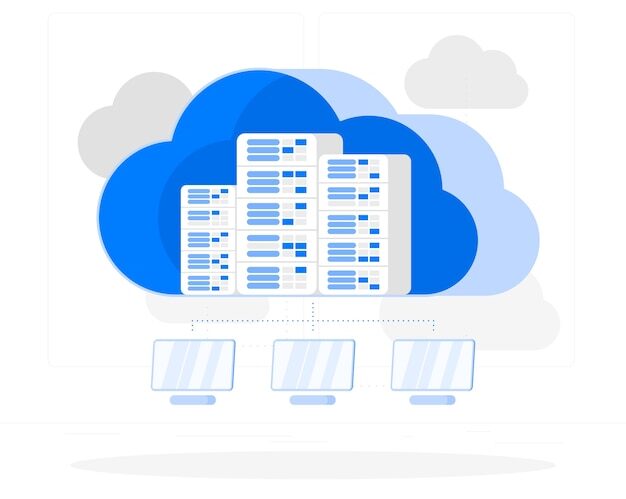
PetaSAN Scale-Out Storage
PetaSAN is an open source scale-out software defined storage solution licensed under the AGPL 3. PetaSAN uses the Ceph storage engine and the Consul service mesh platform to offer scale-out, multi-node active/active and highly available storage services supporting industry protocols such as iSCSI, CIFS, SMB, NFS, S3. PetaSAN currently uses a kernel up streamed from SUSE Linux Enterprise 15 SP5 with a few patches, Ceph Reef and Ubuntu 22.04 LTS for its root file system.
PetaSAN is in active development, we welcome any community involvement, feedback and suggestions for new features through our forum.
Enjoy!
PETASAN OVERVIEW
Scale-out Active/Active
 PetaSAN is a scale-out active/active storage solution offering massive scalability and performance.
PetaSAN is a scale-out active/active storage solution offering massive scalability and performance.
PetaSAN uses modern cloud based technologies to provide the elasticity and agility to scale up the storage cluster simply by adding more nodes; this can be done at any time and in a truly non-disruptive manner.
Easy to use
 Although PetaSAN uses different underlying technologies that are inherently complex, it provides an integrated end to end solution that is very easy to install and operate. PetaSAN can be operated by non-Linux admins through its easy to use graphical interfaces while still allowing Linux experts full control if they wish. PetaSAN brings proven technologies powering many of today’s largest clouds to the datacenter with point and click interfaces.
Although PetaSAN uses different underlying technologies that are inherently complex, it provides an integrated end to end solution that is very easy to install and operate. PetaSAN can be operated by non-Linux admins through its easy to use graphical interfaces while still allowing Linux experts full control if they wish. PetaSAN brings proven technologies powering many of today’s largest clouds to the datacenter with point and click interfaces.
Components
 At the storage level PetaSAN relies on the Ceph storage engine.
At the storage level PetaSAN relies on the Ceph storage engine.
Ceph is the leading edge open source SDS cloud storage solution powering many of today’s private clouds and public clouds.
Ceph is a fault tolerant, self healing and self adapting system. At the service level PetaSAN uses Consul service mesh platform for cloud scale service management. Gateways for iSCSI are implemented using LIO, CIFS/SMB using Samba ,NFS using Ganesha and S3 object storage.
Use cases
 PetaSAN is ideal for deployments requiring many i/o operations that need to be executed in parallel. Example cases of high i/o concurrency include:
PetaSAN is ideal for deployments requiring many i/o operations that need to be executed in parallel. Example cases of high i/o concurrency include:
- VMware vSphere deployments
- MS Hyper-V deployments
- Setting up scale-out file systems: CIFS/SMB, NFS and MS Scale Out File Server (SOFS)
- Big Data Analytics
- Database Servers with many parallel transactions per second
- Large capacity backups
